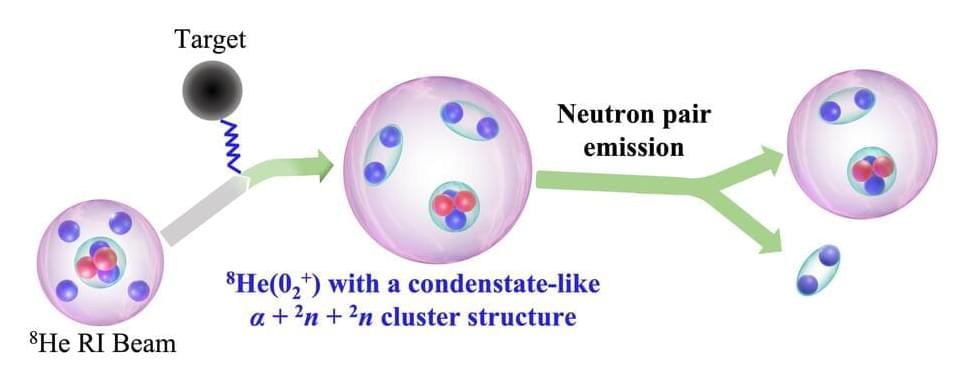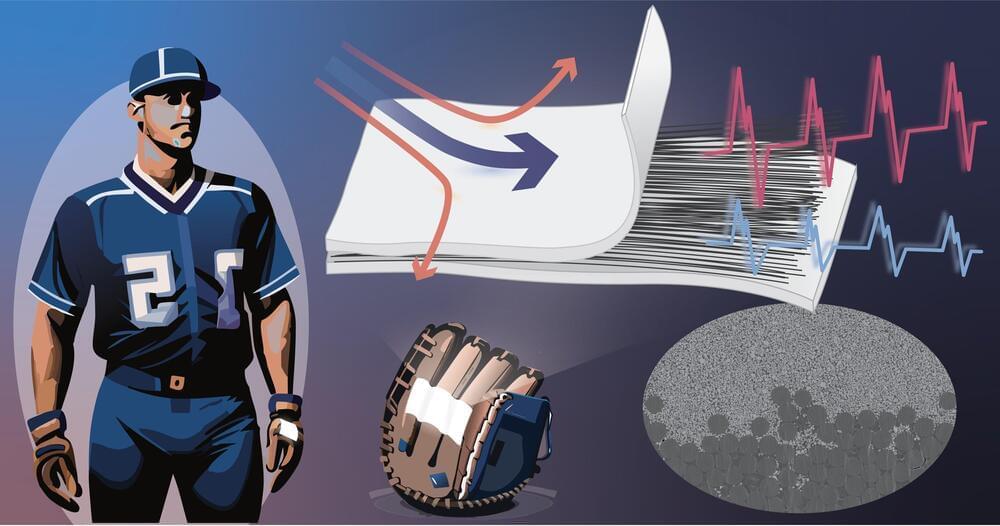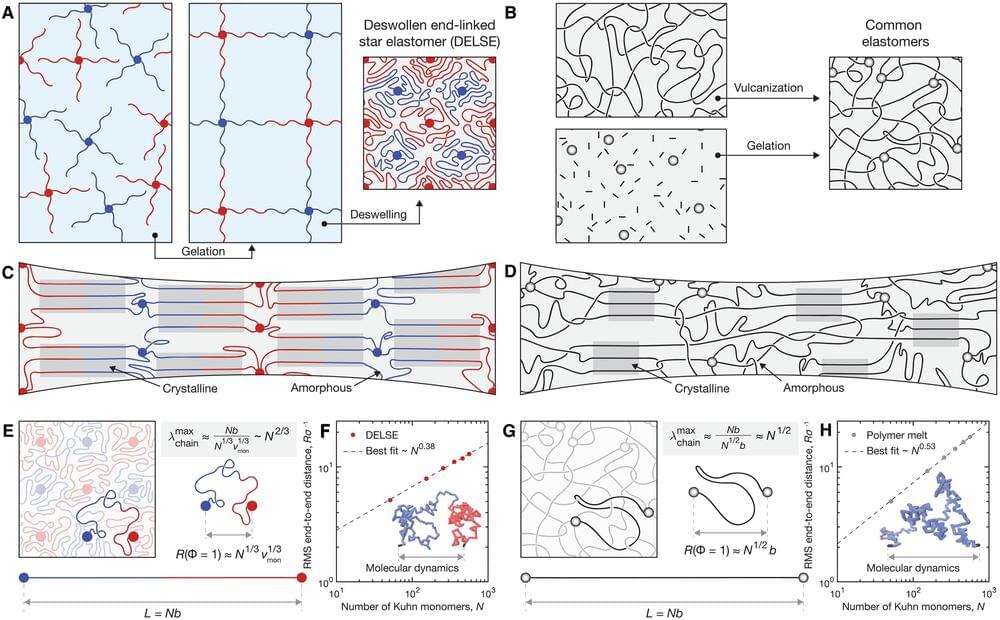Check Out Rogue History On PBS Origins: https://youtu.be/xuT35ud41QQPBS Member Stations rely on viewers like you. To support your local station, go to: http:/…
Get the latest international news and world events from around the world.
Solar truck from Switzerland sets EV altitude record at 6,500 meters
The truck, based on an Aebi VT450 Transporter, featured a 320-horsepower electric drive system with a 90-kilowatt-hour battery.


Mysterious stars detected in nearby galaxies
Observing these types of stars is rare; only one was previously identified. Now, researchers have found a whole population of these stars in the Large and Small Magellanic Clouds, relatively nearby satellite galaxies of the Milky Way. The finding may give insight into hot helium stars, which are thought to be the start of neutron star mergers and hydrogen-poor core-collapse supernovae. The study was published this month in Science.
“Our work sheds light on these fascinating relationships, revealing a universe that is far more interconnected and active than we previously imagined,” says Bethany Ludwig, a PhD candidate at the University of Toronto and coauthor of the study, in a press release. “Just as humans are social beings, stars too, especially the massive ones, are rarely alone.”

Maersk to send almost all ships via Suez, schedule shows
COPENHAGEN, Dec 28 (Reuters) — Denmark’s Maersk (MAERSKb. CO) will sail almost all container vessels travelling between Asia and Europe through the Suez Canal from now on while diverting only a handful around Africa, a Reuters breakdown of the group’s schedule showed on Thursday.
Major shipping companies, including container giants Maersk and Hapag-Lloyd (HLAG.DE), stopped using Red Sea routes and the Suez Canal earlier this month after Yemen’s Houthi militant group began targeting vessels, disrupting global trade.
Instead, they rerouted ships around Africa via the Cape of Good Hope to avoid attacks, charging customers extra fees and adding days or weeks to the time it takes to transport goods from Asia to Europe and to the east coast of North America.
Thomas Metzinger: Is The Self An Illusion?
Philospher of A.I.

Beyond boundaries: Exploring exotic nuclear landscapes and their cosmic implications
Researchers at Peking University in China have successfully observed the elusive 02+ state of 8 He, revealing a novel cluster structure with two strongly correlated neutron pairs. This finding provides insights into exotic nuclear structures and their potential implications for understanding neutron stars. The findings are published in Physical Review Letters.
The conventional nuclear model in physics posits a single-particle picture where nucleons, protons, and neutrons move independently within a nucleus, forming a well-defined shell structure. Governed by a mean potential created by nuclear forces, nucleons fill distinct energy levels or shells, leading to increased stability associated with magic numbers.
This model, rooted in quantum mechanics, successfully explains nuclear structure and stability but encounters limitations when addressing exotic nuclei, particularly those that are neutron-rich and unstable.

Piezo composites with carbon fibers for motion sensors
An international research group has engineered a novel, high-strength flexible device by combining piezoelectric composites with unidirectional carbon fiber (UDCF), an anisotropic material that provides strength only in the direction of the fibers. The new device transforms kinetic energy from human motion into electricity, providing an efficient and reliable means for high-strength and self-powered sensors.
Details of the group’s research were published in the journal Small on Dec.14, 2023.
Motion diction involves converting energy from human motion into measurable electrical signals and is something that may be crucial for ensuring a sustainable future.

Constraining the dynamics of rotating black holes via the gauge symmetry principle
In 2015, the LIGO/Virgo experiment, a large-scale research effort based at two observatories in the United States, led to the first direct observation of gravitational waves. This important milestone has since prompted physicists worldwide to devise new theoretical descriptions for the dynamics of blackholes, building on the data collected by the LIGO/Virgo collaboration.
Researchers at Uppsala University, University of Oxford, and Université de Mons recently set out to explain the dynamics of Kerr black holes, theoretically predicted black holes that rotate at a constant rate, using theory of massive high-spin particles. Their paper, published in Physical Review Letters, specifically proposes that the dynamics of these rotating black holes is constrained by the principle of gauge symmetry, which suggests that some changes of parameters of a physical system would have no measurable effect.
“We pursued a connection between rotating Kerr black holes and massive higher-spin particles,” Henrik Johansson, co-author of the paper, told Phys.org. “In other words, we modeled the black hole as a spinning fundamental particle, similar to how the electron is treated in quantum electrodynamics.”

Developing a futuristic elastomer with ultrahigh strain-induced crystallization
Strain-induced crystallization can strengthen, toughen, and facilitate an elastocaloric effect in elastomers. The resulting crystallinity can be induced by mechanical stretching in common elastomers that are typically below 20%, with a stretchability plateau.
In a new report now published in Science Advances, Chase M. Hartquist and a team of scientists in mechanical engineering and materials sciences at MIT and Duke University in the U.S. used a class of elastomers formed by end-linking to achieve a percentage of strain-induced crystallinity.
The deswollen and end-linked star elastomer abbreviated as DELSE reached an ultrahigh stretchability to scale, beyond the saturated limit of common elastomers, to promote a high elastocaloric effect with an adiabatic temperature change.